The Ultimate Underwear Showdown: Cotton vs. Nylon (and a Few Surprise Guests)
I’ve spent a huge part of my life around fabrics, from the mills where they’re born to the studios where they’re turned into fashion. But honestly, the conversations that matter most aren’t about high fashion—they’re about underwear. It’s the most fundamental piece of clothing we own, and picking the right fabric can genuinely change your day.
In this article
- The Bottom Line: Cotton vs. Nylon at a Glance
- Getting to Know the Fibers (The Why Behind the Feel)
- But Wait, What About Modal and Bamboo?
- Beyond the Fabric: What Really Makes Underwear Great
- Let’s Talk Climate and Situation
- Troubleshooting Common Underwear Fails
- Care, Cost, and When to Say Goodbye
- Galerie d’inspiration
It sounds simple, right? Just grab a pack of cotton or maybe some sleek nylon. But the wrong choice can lead to some seriously uncomfortable situations, like chafing on a run or feeling clammy and gross in a stuffy office. I’ve seen it all. The good news is, understanding the basics is easy, and it’ll help you build an underwear drawer that’s ready for anything.
The Bottom Line: Cotton vs. Nylon at a Glance
Before we get into the weeds, let’s just cut to the chase. If you’re in a hurry, here’s the quick and dirty breakdown:
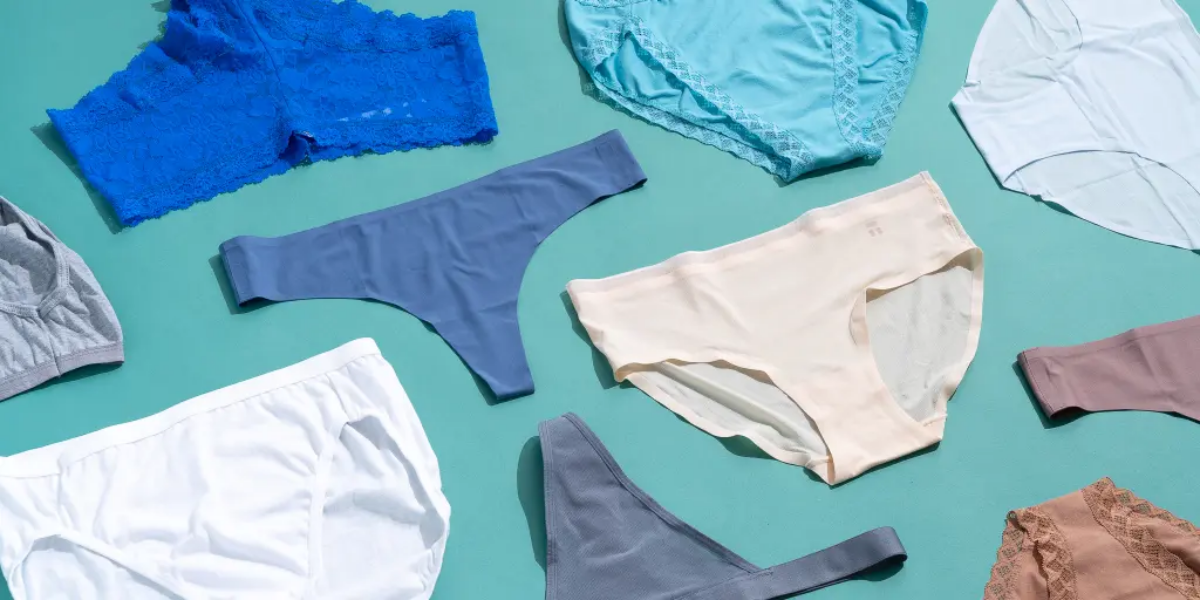
- Cotton is the classic comfort king. Think soft, breathable, and gentle. It’s fantastic for just chilling out, low-key days at work, or for anyone with sensitive skin. Its big weakness? It soaks up sweat like a sponge and takes forever to dry, which can feel pretty miserable.
- Nylon is the high-performance athlete. It’s durable, silky, and a champ at wicking moisture away from your skin to keep you dry. This makes it the go-to for workouts, hot and humid weather, or travel. On the flip side, it’s not as breathable as cotton and can sometimes feel a bit… well, synthetic.
Getting to Know the Fibers (The Why Behind the Feel)
Okay, so why are they so different? It all comes down to their basic structure.
Cotton is a natural fiber from a plant. Under a microscope, it looks like a twisted, fluffy ribbon that just loves water. It’s “hydrophilic,” which is a fancy way of saying it’s thirsty. A cotton fiber can absorb a massive amount of water, which is great for a towel, but not so great for your base layer when you start sweating. Once it’s wet, it gets heavy, cold, and stops air from getting through.
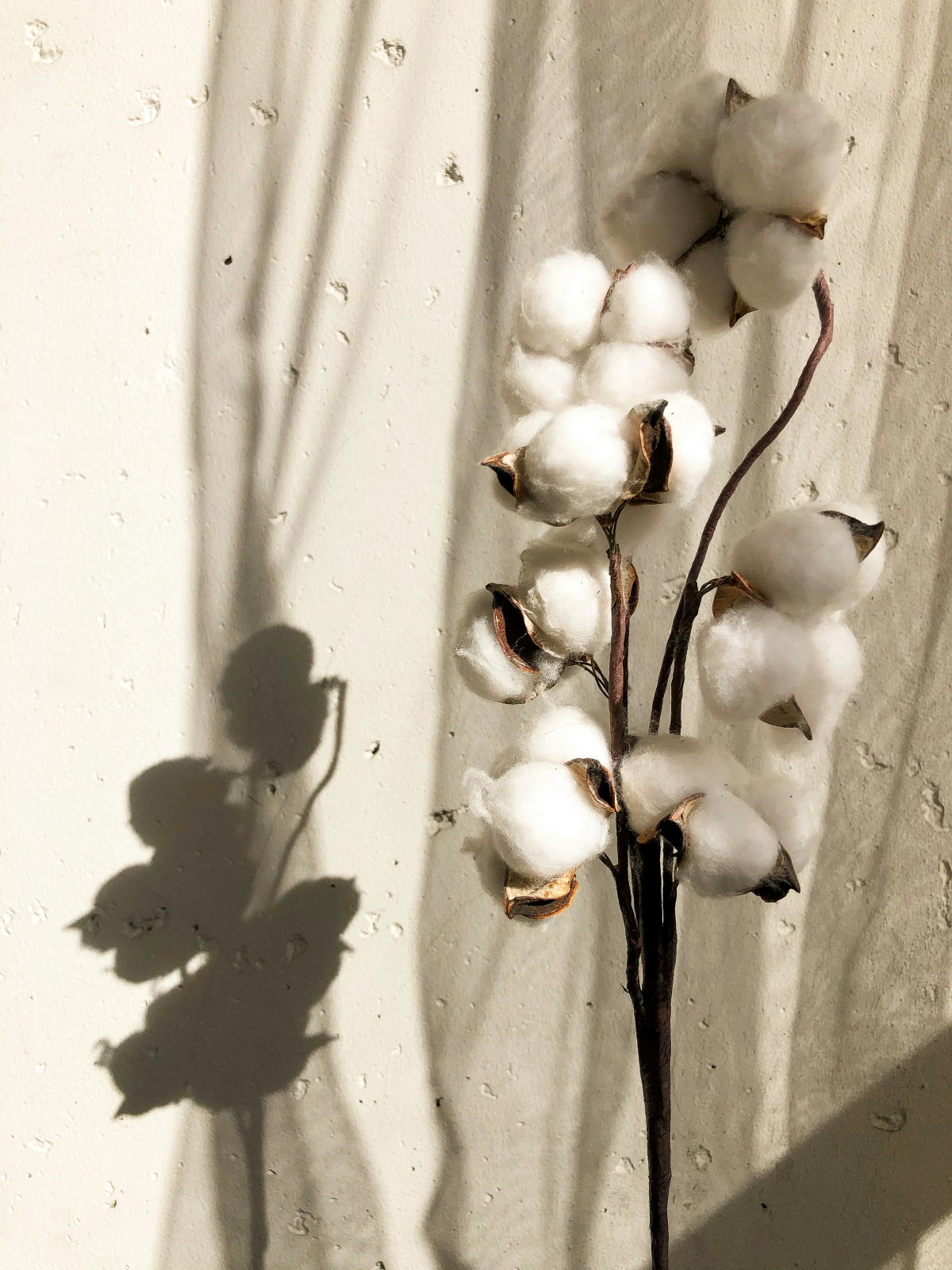
By the way, not all cotton is created equal. You’ve probably seen terms like Pima or Egyptian cotton. These are long-staple cottons, meaning their individual fibers are longer, resulting in a much smoother, stronger, and softer fabric that’s less likely to pill. You’ll pay a bit more for them—think $20 to $35 for a single premium pair—but if you want that next-level softness, they are worth it.
Nylon, on the other hand, is a completely engineered fiber, made in a lab. It’s “hydrophobic,” meaning it basically hates water. It absorbs very little moisture. Instead, when you sweat, it spreads the moisture across its surface, a process called wicking. This allows it to evaporate super fast, keeping you feeling dry. That’s why it’s the hero of the activewear world. It’s also incredibly strong for its weight, so it tends to last longer.
But Wait, What About Modal and Bamboo?
It’s not just a two-horse race anymore. You’re probably seeing other fabrics pop up, so let’s touch on a couple of popular ones.
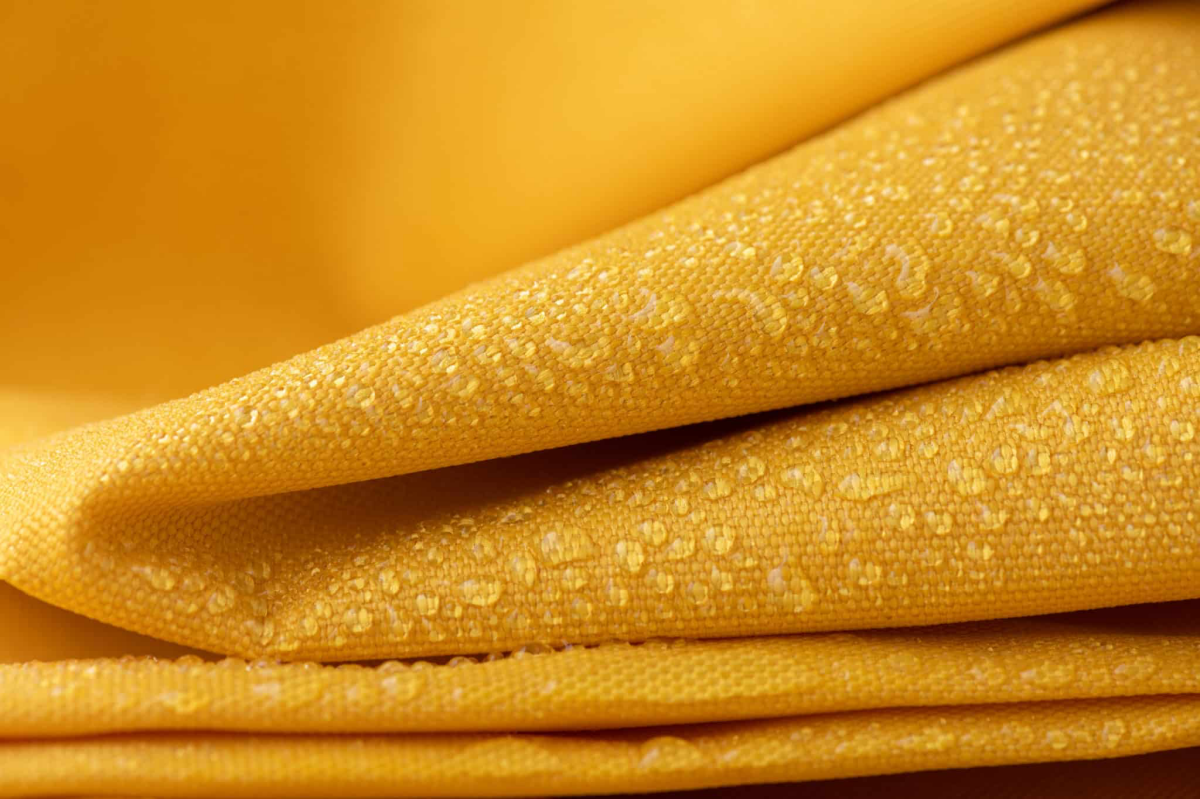
- Modal: Think of Modal as cotton’s luxurious, silky cousin. It’s known for its incredible softness and resistance to shrinking. It actually wicks moisture better than cotton (though not as well as nylon) and has a beautiful drape. It’s a fantastic middle-ground fabric for everyday luxury. You’ll often find it from comfort-focused brands like Tommy John or MeUndies.
- Bamboo Viscose: This one is often marketed as an eco-friendly wonder-fabric. And it is ridiculously soft and breathable, very similar to Modal. But a little honesty here: the process to turn rigid bamboo stalks into soft fabric can be very chemically intensive. So, while it feels amazing, its green credentials can sometimes be a bit fuzzy.
Beyond the Fabric: What Really Makes Underwear Great
You can have the best fabric in the world, but if the underwear is poorly made, it’s still going to suck. When you’re shopping, flip ’em inside out and play detective.
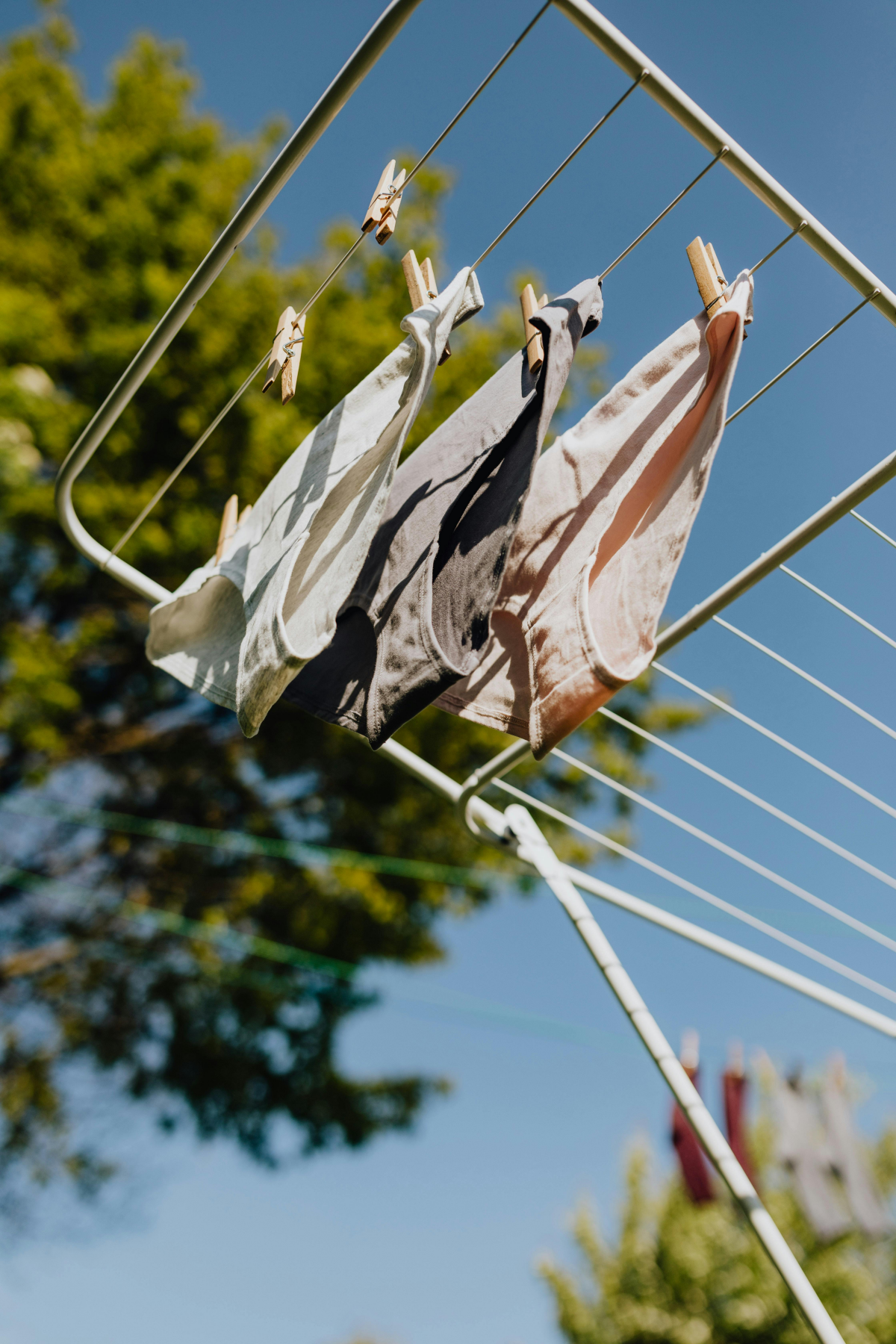
Check the Seams: Most cheap underwear uses a raised overlock stitch that can rub and chafe. For true comfort, especially for workouts or sensitive skin, look for flatlock seams. The fabric edges are stitched flat against each other, creating a smooth surface. You’ll find this on almost all high-performance gear from brands like Lululemon or Under Armour, but also on premium comfort brands.
The Gusset (Crotch Panel): That diamond-shaped piece of fabric right in the middle? That’s the gusset, and it’s super important. Even on nylon or modal underwear, the gusset should ideally be lined with 100% cotton for extra breathability where it counts most. It’s a sign of quality design.
The Waistband: Nobody likes a waistband that digs in or rolls over. Look for wider bands—at least an inch wide—as they distribute pressure more evenly. My personal preference is for fabric-covered waistbands, where the elastic is fully encased. It’s just way more comfortable than raw elastic against your skin.
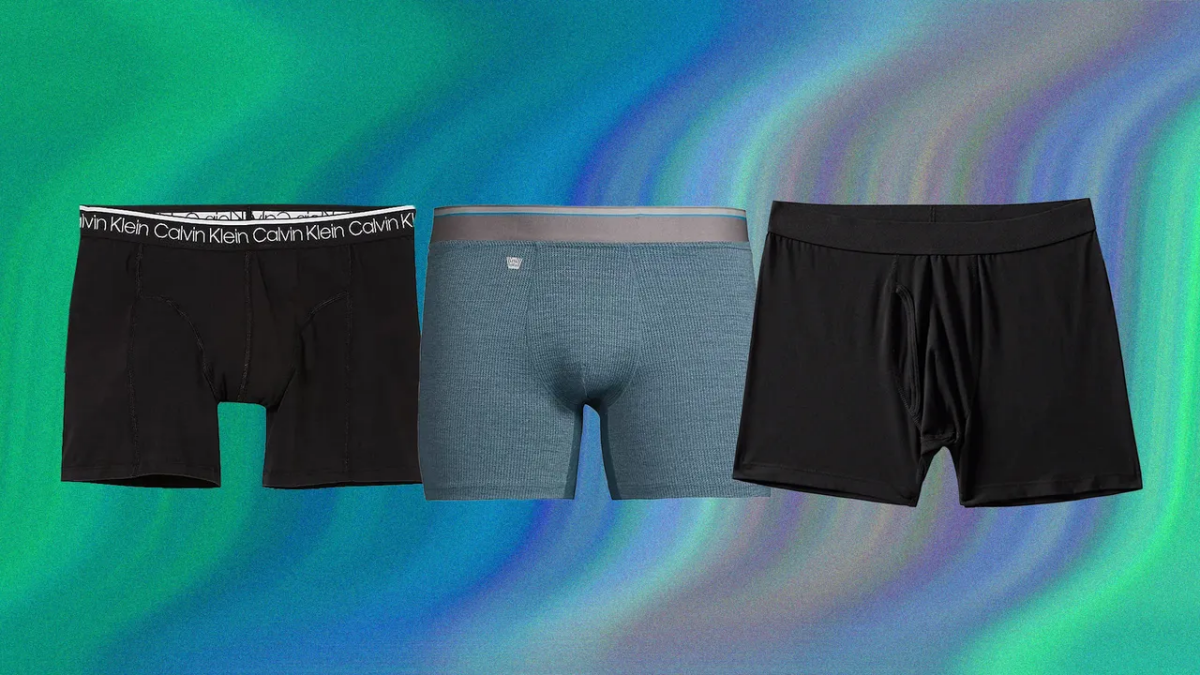
Let’s Talk Climate and Situation
What works in a dry desert won’t work in a humid jungle. I learned this the hard way on a winter trip. I was wearing cotton, got a little sweaty from walking, and then felt chilled to the bone the second I stood still in the cold. It’s a classic mistake. In the cold, staying dry is staying warm, which is why hikers and skiers have a saying: “cotton kills.”
- For Hot, Humid Weather or the Gym: Nylon is your best friend. It will keep you from feeling like a swampy mess. A micro-mesh version is even better for airflow.
- For Cold Weather Layering: Absolutely go with a synthetic like nylon or merino wool as your base layer. It will wick sweat away and keep you from getting dangerously cold.
- For the Office or Chilling at Home: This is where soft, breathable cotton or modal truly shines. Comfort is the top priority.
- For Travel: This isn’t even a contest. Pack nylon or merino wool. You can wash them in a hotel sink, and they’ll be dry by morning. Pro-tip: a little bit of shampoo works as soap in a pinch. To dry them fast, wring them out gently, lay them flat on a towel, roll the towel up tightly, and step on it. This squeezes out a ton of water without stretching the fabric.
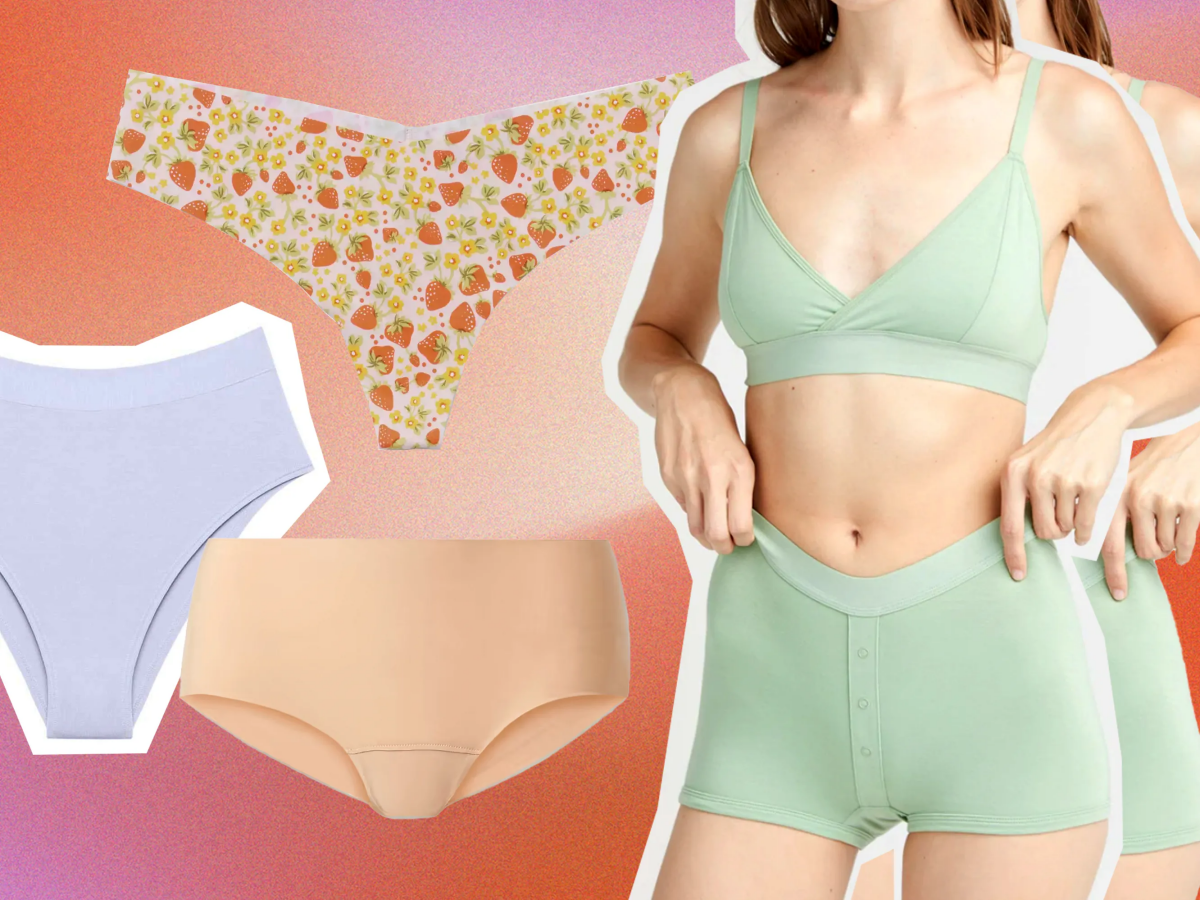
Troubleshooting Common Underwear Fails
Got an underwear problem? There’s probably a fabric or fit solution.
The Problem: Chafing from hell.
The Quick Fix: Your fabric is probably staying wet, or the seams are rubbing. Switch to a snug-fitting (but not tight) pair of moisture-wicking nylon underwear with flatlock seams. Problem solved.
The Problem: My underwear gets saggy and stretched out after a few hours.
The Quick Fix: You’re probably wearing 100% cotton. Look at the tag and make sure your next pair has at least 5% elastane (or Spandex/Lycra) in the blend. That little bit of stretch makes all the difference for shape retention.
The Problem: Those annoying little fabric balls (pilling).
The Quick Fix: This usually happens with lower-quality, short-staple cotton. Investing in higher-quality Pima cotton or switching to a synthetic filament like nylon will drastically reduce pilling. Quick tip: washing all your underwear in a mesh laundry bag helps, too!

Your Turn: The Underwear Drawer Audit
Go on, I challenge you. Grab your absolute favorite pair of underwear and your least favorite pair. Now check the fabric content tags. I’m willing to bet you’ll see a pattern. Does your favorite pair line up with what you do most? Is your most hated pair a soggy cotton one you accidentally wore on a hot day? Seeing it for yourself is the best way to learn!
Care, Cost, and When to Say Goodbye
You want your investment to last, whether you’re buying a $15 three-pack from Target or a $35 single pair from a specialty store. The secret is in the laundry. Ignore the myth that you need to blast your underwear with hot water. High heat destroys elastic. Wash on a cold or warm cycle, and PLEASE, skip the fabric softener. It clogs up the fibers and ruins the wicking properties of performance fabrics.

And be realistic—underwear doesn’t last forever. For a pair in regular rotation, a year is a pretty good run. Once the elastic is shot, the fabric is thinning, or it just looks sad, it’s time to retire it. Your comfort is worth the replacement cost.
Finally, a word on health. If you have persistent skin irritation or are prone to infections, the breathability of cotton is often recommended by doctors. But this isn’t medical advice! If you have an ongoing issue, chat with a dermatologist. They can help you figure out if it’s a fabric, a dye, your laundry detergent, or something else entirely.
At the end of the day, my drawer has both cotton and nylon. I grab the soft cotton for quiet days and the performance nylon for active ones. The goal is to find the right tool for the job so you can put it on and completely forget it’s even there.
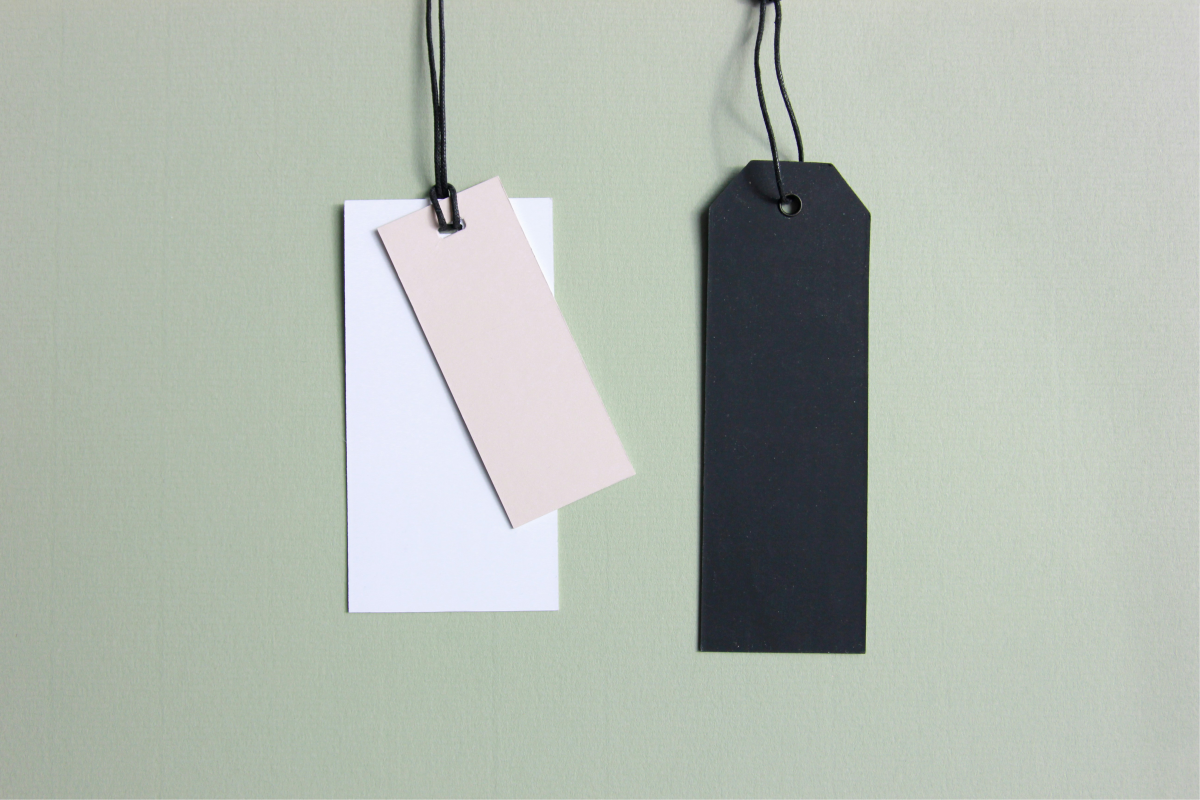
Galerie d’inspiration
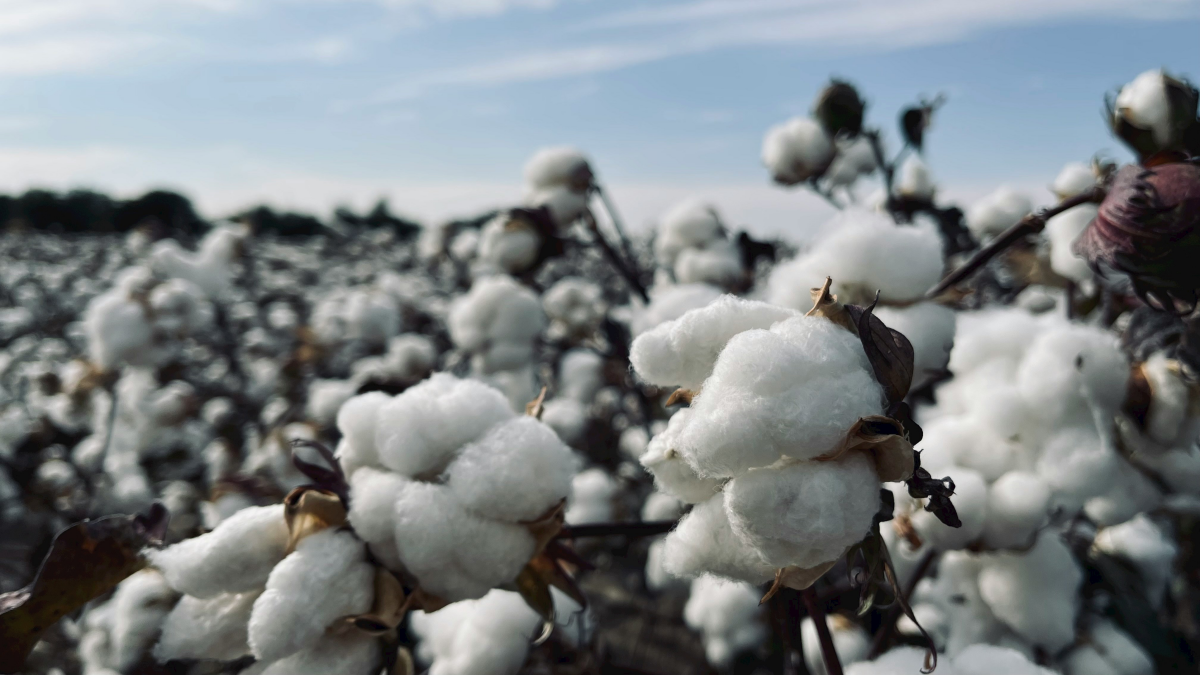

What about those other fabrics on the tag, like Modal or Tencel™?
Think of them as the luxury cousins of rayon. They bring a whole new level of softness to the game. Modal, often used by brands like MeUndies, is famous for its silky-smooth feel and resistance to shrinking. Tencel™ Lyocell, made by Lenzing, is an eco-champion produced in a closed-loop system. It’s exceptionally good at moisture-wicking and feels cool to the touch, making it a fantastic, sustainable alternative for everyday wear, especially in warmer climates.
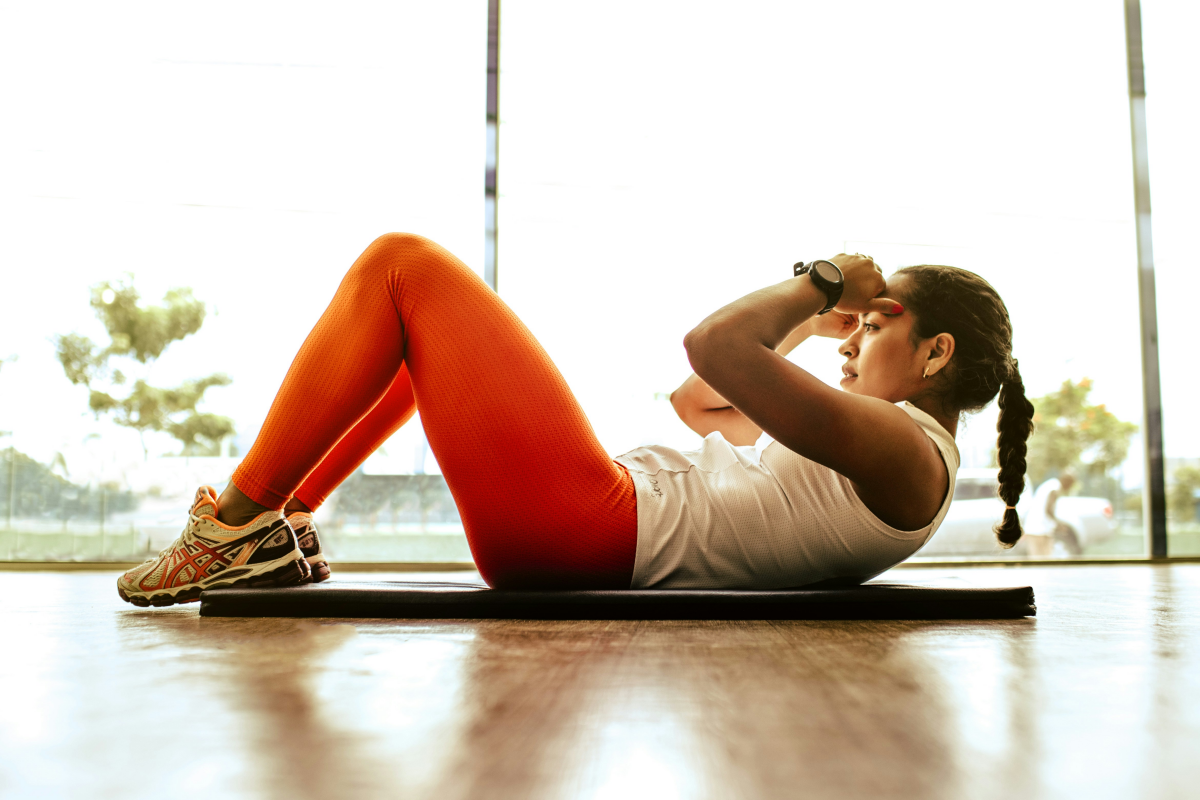
A 2014 study found that Micrococcus, a bacteria linked to unpleasant odor, grows significantly better on synthetic fabrics like polyester and nylon compared to cotton.
What does this mean for your gym bag? While nylon is brilliant for wicking sweat away during your workout, it can become a breeding ground for odor-causing bacteria afterward. For all-day freshness or multi-day trips where washing isn’t an option, consider merino wool. It’s naturally antimicrobial, meaning it actively resists odor buildup, keeping you feeling fresh far longer than its synthetic counterparts.

The fabric softener trap: One of the worst things you can do to your high-performance, moisture-wicking nylon or polyester underwear is to wash it with fabric softener. The waxy residue clogs the micro-grooves in the fibers, destroying their ability to pull moisture away from your skin. You’re essentially waterproofing them from the inside out!
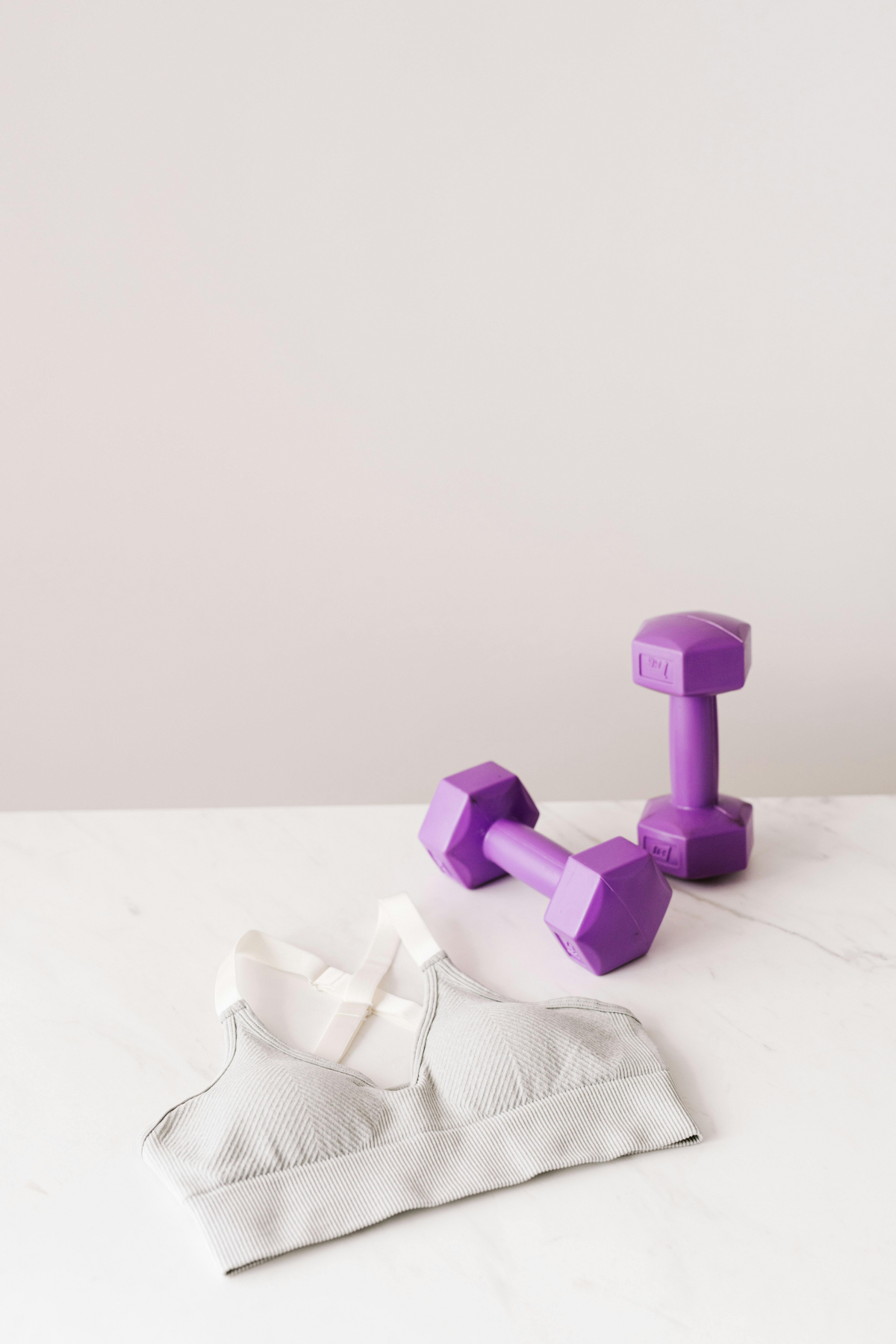
Beyond the big two, there’s a world of specialized blends. For a perfect balance of softness and durability, look for a cotton/modal blend. For travel or hiking, a merino wool/nylon blend, like those from Smartwool or Icebreaker, offers the best of both worlds: the softness and odor-resistance of wool with the added strength and quick-dry time of nylon.
- Keep your high-tech synthetics performing like new.
- Ensure your delicate natural fibers last longer.
- Prevent colors from fading and elastic from degrading.
The secret is separating your laundry loads. Wash performance fabrics (nylon, polyester) in cold water on a gentle cycle and hang dry. Wash your cottons and modals separately on a warm (not hot) cycle, and tumble dry on low to minimize shrinkage and wear on the elastic.










